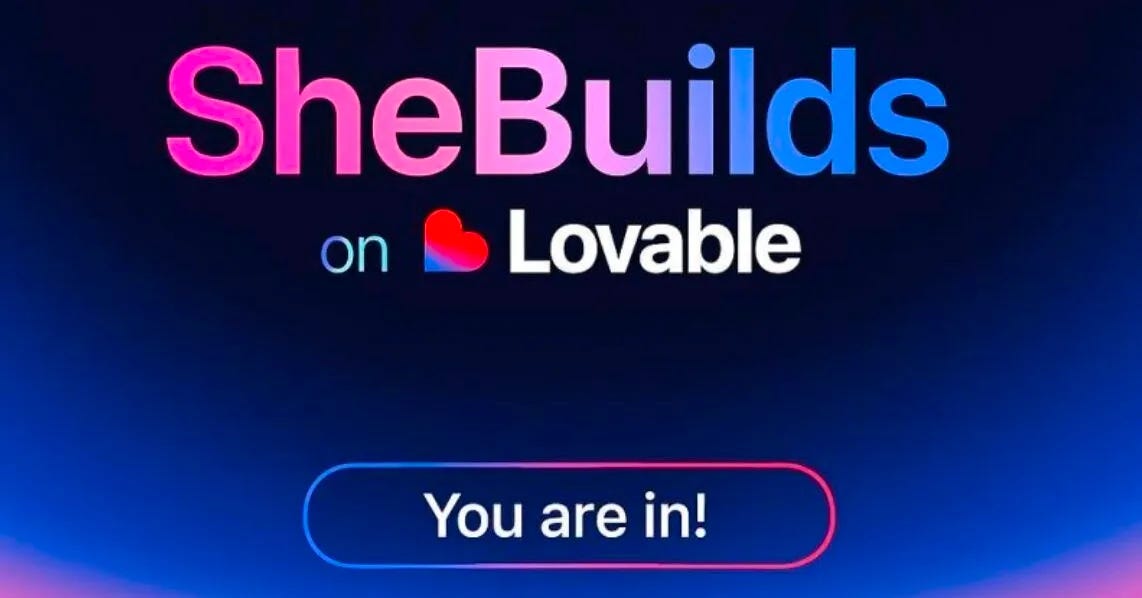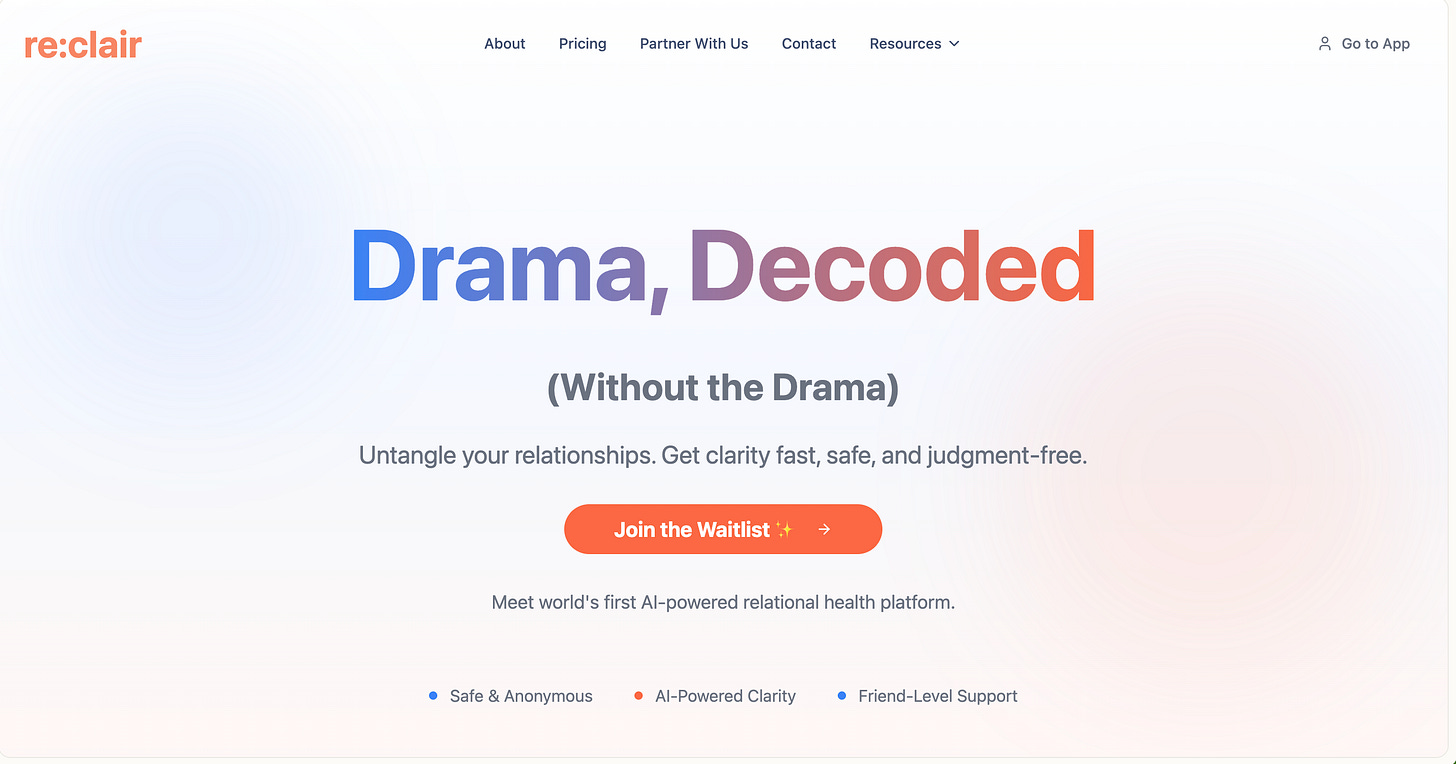AI, Podcast, and Vibe Coding
Season 2 launch, my new AI SaaS, and vibes.
So Here’s What’s Shaking!
I’ve always believed that building a company, a product, or even a life worth living has less to do with linear plans and more to do with attention: noticing the invisible, listening to the tremor beneath a conversation, the small cues that reveal the world as it is, not as you wish it to be.
Next week, I’ll record the first episode of Season 2 of The First-Time CEO podcast. Season 1 was about finding my voice, learning to speak and, crucially, to listen. Season 2 feels like stepping into a larger room. This first episode carries an AI twist and will welcome a special guest along with one of the badass women I wrote about in my recent article on “10 Influential Women in the AI Space“.
Vibe Coding is the New Gaming
Besides getting ready for Season 2, I’ve been vibe coding hard this week.
If you are unfamiliar with the term, it was coined earlier this year by Andrej Karpathy, a Slovak-Canadian computer scientist who served as the director of artificial intelligence and Autopilot Vision at Tesla, and co-founded OpenAI, where he specialized in deep learning and computer vision. He described vibe coding as a form of coding where the engineer “fully gives in to the vibes,” relying on AI to translate intuition into functional systems, sometimes forgetting the code even exists. It is, in a sense, a philosophy as much as a technique: a recognition that ideas are messy, that creation is iterative, and that sometimes the most profound leaps happen when you give yourself over to the unknown. I compare it with playing a computer game—it’s fun and addictive!
After receiving an unexpected invitation to pitch my new AI SaaS idea at a recent startup competition in Lisbon, I was selected to vibe code build its product at SheBuilds Buildathon by Lovable as one of 200 participants out of 3,000 applicants. Creating the product just by chatting with AI was mind-blowing! I will reveal the app after the Buildathon’s results are announced, and the first early adopters will be able to register. For now, feel free to join the waitlist.
I intend also to write an article on vibe coding and participating in my first hackathon ever.
What Did I Build?
I built a women-first AI-powered relational health platform. Thousands of people use AI for therapy today. I did too, because you can’t tell everything to your friends or loved ones, and it is convenient when your therapy session is a week away.
When there was no one to talk to, AI helped me feel better (but to be clear, I do not believe that AI is a substitute for doctors). So, a few weeks ago, I began exploring the concept of a tool that offers instant, 24/7 relational support with AI-matched resources, helping you grow rather than getting stuck in a toxic cycle.
That’s how Reclair was born. Daily check-ins follow a three-step process: spill it, see it, sort it. Spill the tea to AI about any of your relationships in life (work, family, partner, friends), AI asks you 10-15 adaptable clarifying questions to spot toxic patterns if they are there, reflects back with clarity about your situation or conflict, and matches you with relevant resources from the Level Up library.
In addition, the app will feature journaling, calls with a holographic AI friend, monthly reports on relational health, and a community for users to connect.
#GoldenFindings
A few gems if you want to explore vibe coding beyond the buzzword:
What Is Vibe Coding?
An insightful overview of vibe coding, explaining how it allows users to build apps and websites by describing their vision to an AI tool, even without coding skills.
Read more →
Vibe Coding in Practice: A Hands-On Comparison
A firsthand account testing five major platforms—Cursor, Lovable, Replit, and Base 44—to build an “art near me” app, highlighting the strengths and limitations of each in real-world scenarios.
Read more →
Top Vibe Coding Tools of 2025
A curated list of the top vibe coding applications, providing insights into their features and how they can enhance the development process.
Read more →
#CEOCheck
Where in your work or life are you leaning too far into detachment, waiting for someone else—or a tool—to do the hard, intimate work of creation?
What would change if you allowed yourself to be closer to the pulse: to the conversation, the code, the relationship, the prototype?
Hit reply and share your answers with me. I read them all!
Season 2 begins next week. My projects evolve daily. And somewhere in between, I am learning that building is never separate from noticing, reflecting, and asking the hard questions — about code, about relationships, about ourselves.
P.S. I know my posting has been hectic, sorry about that. I’m planning to publish a newsletter consistently again! Please vote below what days are better for you.
Let’s Connect!
For more authentic content on launching and running companies for the first time, follow me on LinkedIn and Instagram, and The First-Time CEO podcast on Spotify, YouTube, and Apple Podcasts.


